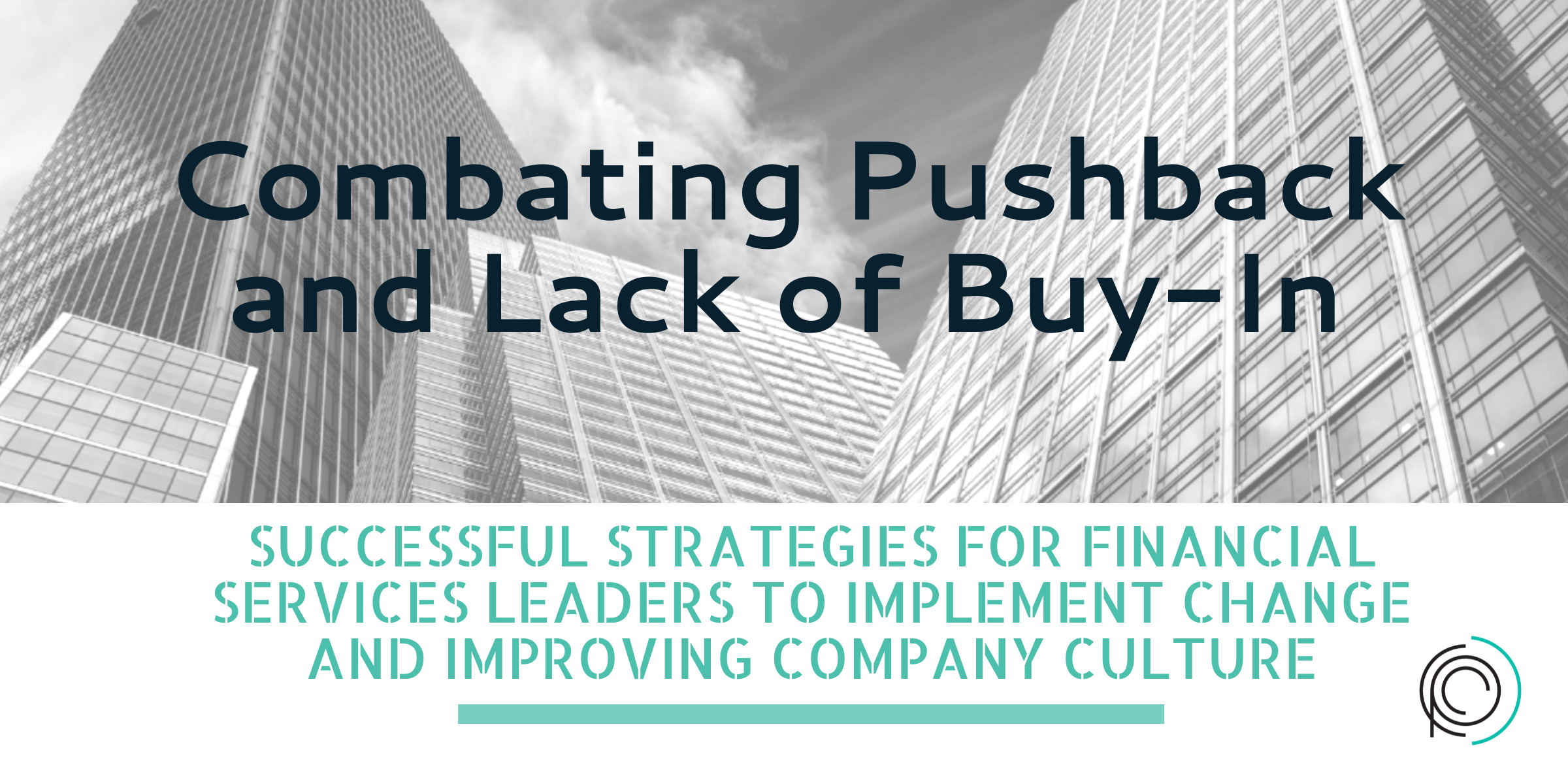With rising vaccination levels globally, the entire world is breathing a collective sigh of relief at the retreating coronavirus. However, we’re not out of the woods yet. As the current global supply chain squeeze is showing, we could be feeling the aftershocks of the pandemic for a while yet. The COVID-19 pandemic has exposed the vulnerabilities and fragility of global supply chains, leading to disruptions in various industries. In this section, we will explore the impact on supply chains and what companies can do to adapt and mitigate risks.
The pandemic has disrupted supply chains across the globe in numerous ways. The most obvious impact is caused by manufacturing shutdowns and reduced production capacity due to lockdowns and health measures. This has led to a decrease in the supply of goods, causing shortages in various industries such as healthcare, automotive, and electronics.
Another major impact is the disruption in transportation. With travel restrictions and border closures, the movement of goods has been severely impacted. This has resulted in delayed deliveries, increased freight costs, and logistical challenges for companies. The closure of factories in China, a major manufacturing hub, caused significant delays and disruptions in global supply chains.
In addition to these immediate impacts, the pandemic has also exposed long-standing vulnerabilities in supply chains. Over-reliance on single suppliers or countries for essential goods and materials has proven to be a risky strategy. As seen during the pandemic, disruptions in one country can have a ripple effect throughout the global supply chain, causing significant shortages and delays.
To mitigate these risks, companies are now looking at diversifying their suppliers and manufacturing locations. This not only helps to reduce the impact of disruptions in one region but also creates a more resilient supply chain overall. Companies are also investing in new technologies such as automation and digitalization to improve efficiency and reduce dependence on manual labor.
Furthermore, the pandemic has also highlighted the importance of building strong partnerships and collaborations within supply chains. Companies that have strong relationships with their suppliers and partners were able to navigate through the disruptions more smoothly. This emphasizes the need for open communication, transparency, and trust between all stakeholders in a supply chain.
COVID-19 disrupted supply chains as lockdown mandates were exercised around the world. But these disruptions have accelerated recently, leaving the world short of everything from computer chips to car parts and even shipping containers.
Operationally aligned supply chains will be critical to providing the goods and services that help sustain economic recoveries worldwide. Crucially, organizations require efficient product sourcing and fulfillment chains to move beyond the woes of the pandemic and consolidate their path to recovery.
What can corporations learn from the ongoing supply chain disruptions wracking international trade?
The state of global supply chains
In late 2020, Accenture reported that 94% of Fortune 1000 companies were experiencing disruptions to their supply chains due to COVID. While bottlenecks from health-related restrictions and lockdowns eased with the opening of economies worldwide, the disruptions returned with a vengeance in mid-2021.
As Bloomberg reports, many factors, including increased consumer demand, rising shipping costs, port labor shortages, and surging energy prices, have created the perfect storm. As a result, many suppliers that require internationally sourced components to complete production are now stuck, waiting on supplies that have failed to arrive. Others who rely on global trade routes to distribute their goods and services are having to subject their customers to longer wait times.
We’re seeing multi-country disruptions throwing sourcing channels off-kilter, leaving companies scrambling for alternative suppliers and coming up empty more often than not. Additionally, we’re seeing supply chain bottlenecks due to:
- Costlier operations: Bloomberg reports container prices up to 10 times higher than two years ago. Added to this, a surge in demand against a multi-year production fall is creating an energy shortfall that ramps costs higher.
- High workforce dependency: As workers mull post-COVID work arrangements, ports and companies are relying on smaller teams than usual, straining already stretched resources. As a result, there’s a growing lack of capacity for long-haul and last-mile fulfillment.
- Inflexible IT systems: IT systems continue to be unwieldy and are often over-reliant on legacy stacks that struggle to meet modern demands.
- Expensive sustainability drives: Growing stakeholder demands for responsible sourcing and fulfillment are bringing teething pains as companies look to pivot to more sustainable value chains.
Against this backdrop, production is getting squeezed daily, and supply chain leaders are having to juggle multiple concerns as they try to make sense of the situation.
Effects of the supply chain problem
Although there’s no single reason for the ongoing crisis, there’s a strong case that the situation feeds off the inherent lack of resilience in most value chains.
With globalization, supply chains have become stretched, often across two or more continents, as corporations pursue lower production costs, niche expertise, and other marginal gains. The result is a sourcing framework that might be cost-effective but potentially leaves production and distribution vulnerable to risks of all kinds.
Aside from this, with corporations just making their way out of a challenging pandemic period, many operations were already down to bare bones in terms of personnel, inventory, and risk insulation. The effect is that they’re even more exposed to the current supply chain bottlenecks, creating additional stress on businesses and they are smaller than the normal workforce.
Other effects of the cramped supply chain include:
- Stalled production: Corporations that practice just-in-time production are most at risk. By sourcing input products only when needed, these companies can improve liquidity. But the tradeoff is: that once the supply orders stop getting fulfilled, a problem develops immediately. Tens of suppliers may contribute to one product, and a single delay may be fatal. Even companies with emergency stock face dwindling inventory and eventually stalled production the longer these bottlenecks persist.
- Dissatisfied customers: Without input products, companies cannot produce the goods and services their customers demand. In something of a paradox, we’re seeing increased consumer demand fueled by greater spending after the austerity of the pandemic period. But in the absence of inventory to satisfy demand, companies only end up disappointing their customers.
- Loss of business: Most alarming for companies is the risk of losing their business to better-situated competitors as customer orders continue to go unfulfilled. Corporate organizations can ill afford such a loss of business in an environment where every dollar increasingly counts dearly.
Creating a risk-mitigated supply chain
Central banks initially predicted that the supply chain bottlenecks would only be temporary, projecting global trade to pick up pace presently. But most have had to revise their assessment, and the building consensus now is that these shocks might well last into 2022. Against this increasingly complicated procurement and fulfillment landscape, one thing stands out clearly – responding to this crisis will require leaders to adopt agile ways of thinking as they work to transform their value chain and outmaneuver uncertainty. This starts with strategizing and implementing a plan to build long-term resilience in their supply chain both internally and externally.
- Research and segment risks: Every supply chain is subject to some risk, no matter how remote or innocuous. Creating an efficient supply chain begins with appreciating what makes your value chain effective and where bottlenecks might clog progress. Segment the probable risk factors into known and unknown risks. Known risks are those potential threats that are foreseeable, even if they aren’t probable. For instance, every supplier carries a risk of bankruptcy which might deprive you of critical components. Unknown risks are typically unforeseeable, even though they aren’t always improbable. These include the possibility of cataclysmic weather events, armed conflict, and the odd global pandemic.
- Identify vulnerabilities: Potential risks to your supply operations will come in all shapes and complexities. Does your process rely on an excessive amount of manual work? Are you carrying limited IT capabilities backed by outdated legacy systems? Is your production disproportionately dependent on a single supplier? Create a scorecard and honestly assess where your supply chain may be vulnerable. Knowing where you’re light gives you a solid base from where you can buff up adequately.
- Address vulnerabilities: Keep in mind that the target is to bake resilience deeply into your supply chain. Utilize data-driven approaches to identify the most effective solutions and how they should be implemented. Some low-hanging fruits you can immediately target includes holding safety stock, investing in ERP software to drive visibility into your supply chain, and consulting with a business operations expert. Longer-term improvements should consist of the following:
- Diversify suppliers: Single-source suppliers are among the most obvious yet common risks to supply chains. But prospecting for new suppliers can be challenging, which is why this should be a long-term solution. Target alternative suppliers that are geographically remote from your current supplier – perhaps a different region or continent? Possibly look to Thailand/Malaysia for bulk manufacturing in addition to China? Or Mexico/South America as an alternative to affordable labor. Understandably, certain suppliers will be unique in what they do and may not be easily replaced. You can solve this challenge by holding sufficient safety stock or pursuing vertical integration to create self-sufficiency for your business if you have the capability.
- Bake automation into your operations: With the deep disruptions caused by COVID, organizations are learning the value of automation. A process driven by manual work may just be waiting to break down at the first sign of risk. Forestall disappointment by automating as much of your operations as possible. For instance, your ERP software can monitor inventory and automatically submit orders for new supply stock based on order rate and other factors.
- Leverage process improvements: Pursue continuous innovation in your processes. Every time you take a process apart, set up a new factory or tweak some aspect of your production, devote resources to identifying how improvements can help improve operations. Constant iteration in this manner will help ensure your business is operating at its optimal at every given point.
The supply chain crisis is challenging for multiple reasons, not least because it forces business leaders to make rapid decisions based on real-time information that is rendering established playbooks obsolete. Times like this call for innovative problem-solving, and organizations need all the help they can get.
At Cornerstone Paradigm Consulting, we are here to support your organization with the business advice, strategy, and solutions you need to liberate your supply chain and scale your business. Contact our consultants today to learn how we can help.







